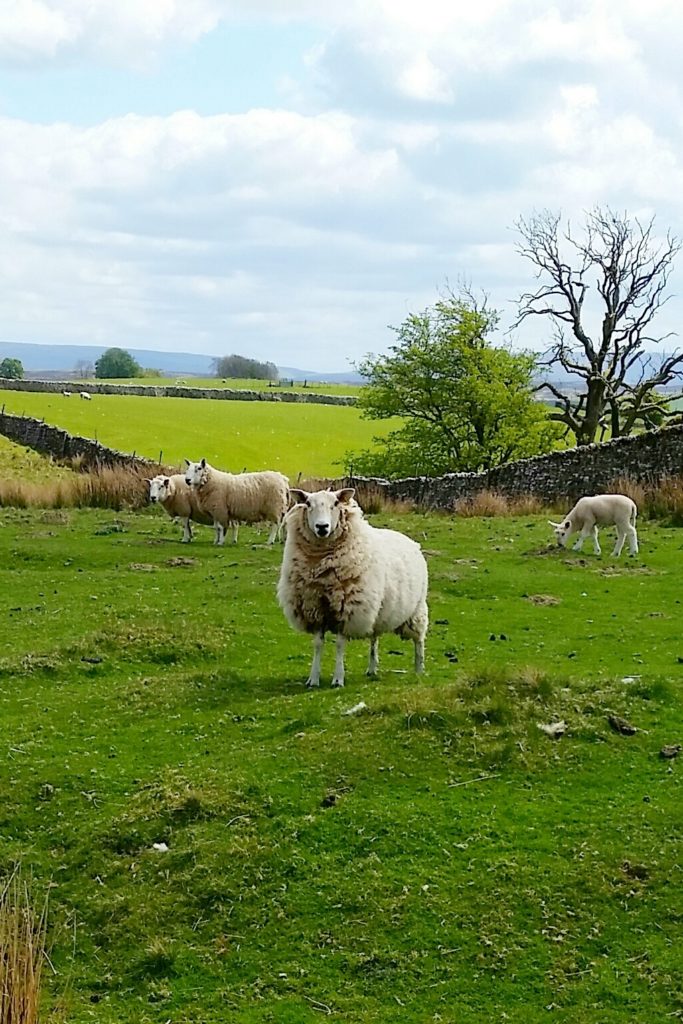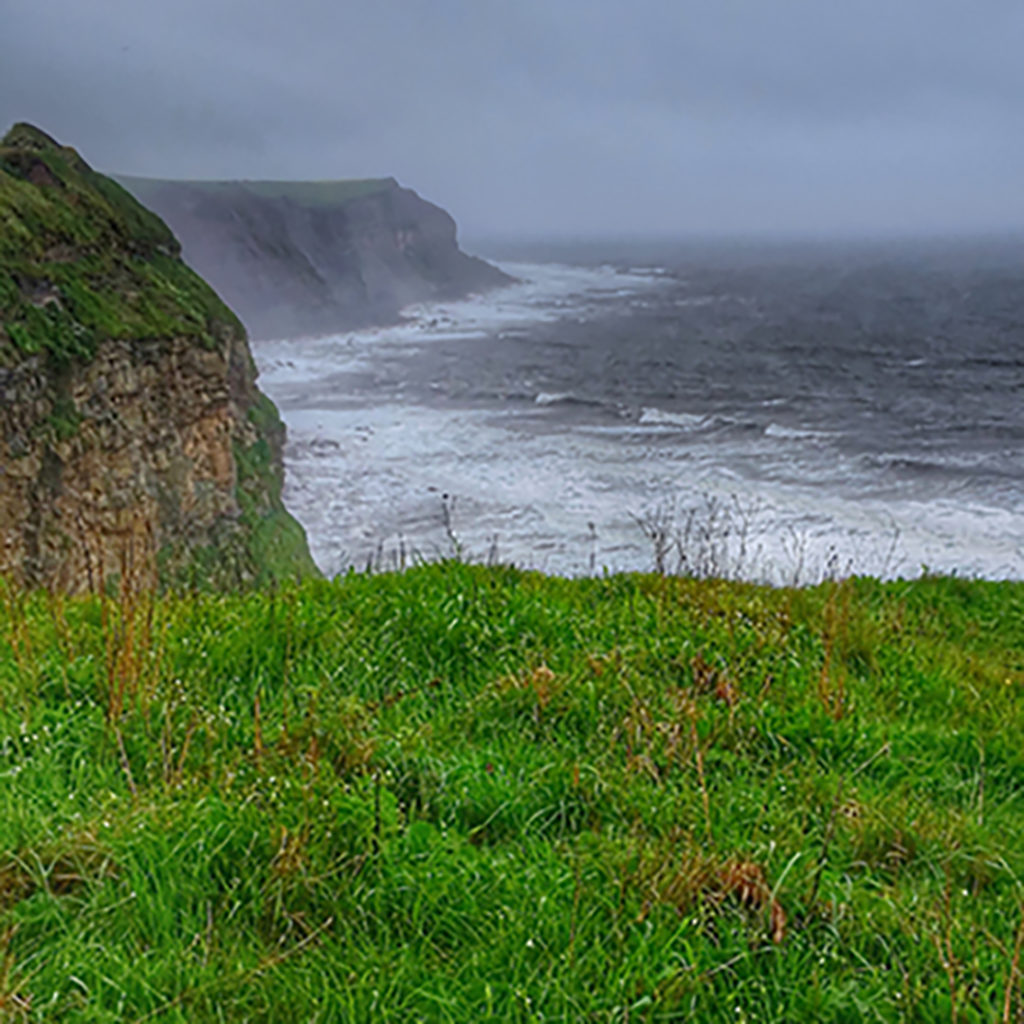According to tradition, coast to coast trekkers place their boot in the Irish Sea, pick up a small pebble from the beach, carry it almost 200 miles to the North Sea, and thrust it into same. The custom celebrates their completion of the walk from St. Bees to Robin Hood’s Bay, west to east across England. All you need are suitable clothes and boots, a day pack, food and water, and determination. Dave and I walked with eight fellow travelers and two experienced and congenial organizers/leaders. We are all members of the Adirondack Mountain Club (ADK Club), which hosts this and many other European and domestic trips. The ADK Club contracted with Packhorse, one of several baggage carriers, who transported our luggage from inn to bed and breakfast. Dave and I carried very comfortable Mountainsmith packs from B & H, which provided secure storage for our camera, additional lens, filters, etc., as well as plenty of room for extra clothes, food and water.
Although there are some fairly steep ascents during the first four days, every mile thereafter is entirely walkable. The hike passes through the national parks of the Lake District, the misty moors made famous by Sherlock Holmes, the Yorkshire Dales, and the Pennines, the so-called backbone of the British Isles. Some days the trail winds through farmland, cow pastures, little villages, and fields of rapeseed, which, when harvested, is made into canola oil. Since we experienced no rain during the first several days, the often precarious peat bogs, into which one can fall up to one’s waist, were dry and passable. Scenic vistas of the Irish Sea, valleys, and tarns, plus mile after mile of meandering stone walls, were especially photogenic, as were the 12th century ruins of abbeys and monasteries.
May is lambing season. The hills were alive with the sound of b-a-a-a and little white dots grazing unperturbed alongside their mothers, that is until a small group of trekkers sent the lambs trotting across the fields in search of maternal protection. Their cuteness and playful antics were the subject of MANY photos, sometimes trumping landscape images by many numbers.
The coast to coast path is also alive with other fauna, such as the rare red squirrel, grouse, colorful pheasant and the curlew, with its thin elongated curling beak. There was a spectacular display of wildflowers, including the ubiquitous gorse, sea campion, bluebells, and primrose.
The days were typically sunny and cool, with conversation, storytelling, humor and an occasional intellectual discussion. But every trip journal needs a little drama. On our final day, which covered 16 miles, we made a “savage climb” out of Grosmont and leaned into a cold wind and rain. Then, we arrived on the four-mile trail along the roiling North Sea and steep cliffs shrouded in mist. In the distance, the quaint village of Robin Hood’s Bay finally emerged out of the clouds. After 19 days, the journey ended when we tossed our pebbles into the sea.


